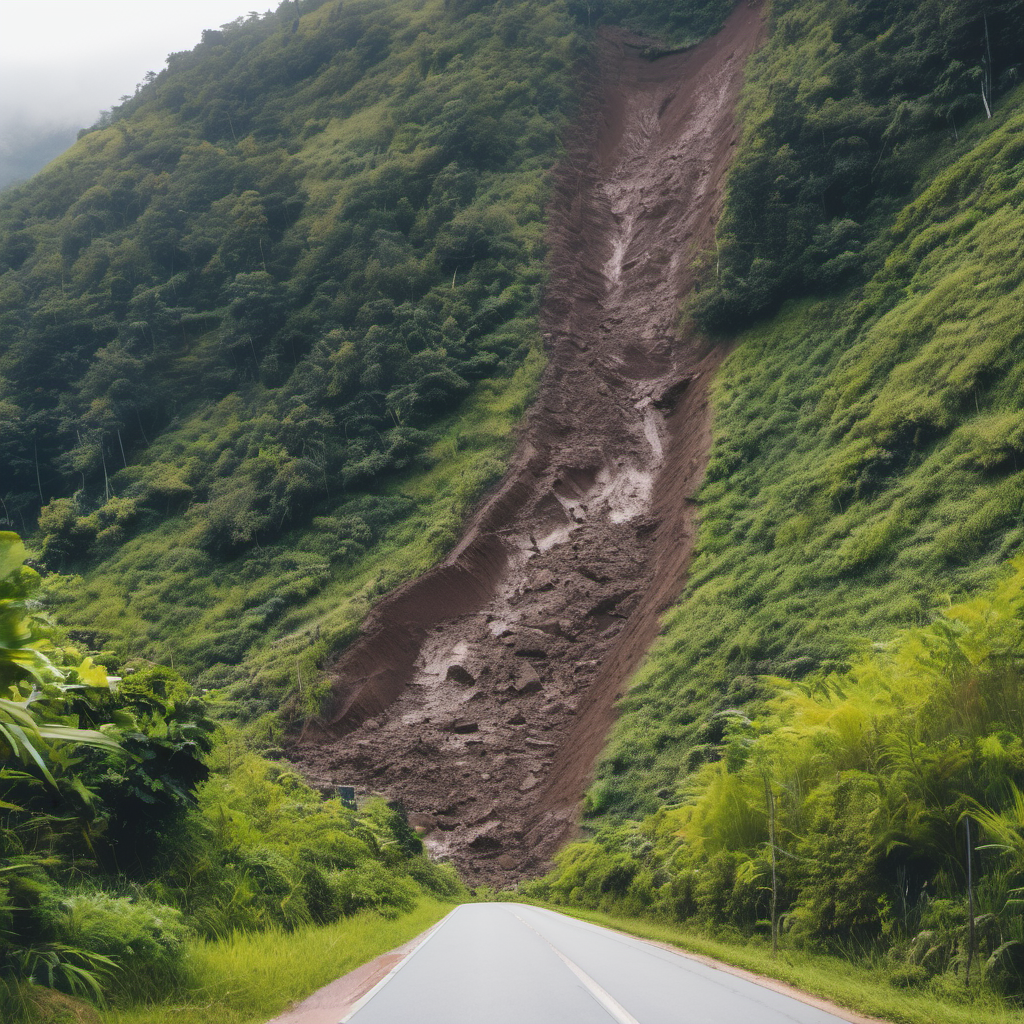Our planet is experiencing undeniable climate change, causing significant transformations with far-reaching consequences beyond rising temperatures. One of the less-explored outcomes of climate change is its impact on soil stability, which increases the risk of landslides. This article explores the intricate relationship between climate change, soil health, and landslides, highlighting the critical role of monitoring systems in preventing these disasters and reducing associated damages.
The Domino Effect of Climate Change and Landslides:
Climate change significantly influences soil degradation, characterized by rising global temperatures, extreme weather events, and shifting precipitation patterns. These changes profoundly impact soil structure, moisture content, and vegetation cover, making the soil more vulnerable to instability. With increasing temperatures, the soil particles expand and contract, reducing overall soil cohesion, while heavy rainfall saturates the soil, raising the risk of erosion and triggering landslides.
Vegetation plays a crucial role in maintaining the stability of soil. However, climate change is affecting plant growth and root systems due to the fluctuations in temperature and precipitation patterns. As a result, the soil is becoming more vulnerable to erosion and landslides, even in previously stable areas. The correlation between soil degradation and climate change leads to an interdependent relationship that can escalate the probability of landslides. Even minor disruptions, such as heavy rainfall or slight seismic activity, can cause landslides when soil stability is reduced. The repercussions are severe, including possible harm to infrastructure, loss of life, and environmental damage.
Importance of Monitoring Systems
Having effective monitoring systems is crucial to combat the growing danger of landslides caused by climate change. These systems utilize cutting-edge technologies like satellite imagery, ground sensors, and geotechnical instruments to evaluate soil conditions and slope stability continuously. Detecting warning signs early on enables swift intervention and the implementation of preventive measures.
Real-time data on soil moisture, ground movement, and vegetation health provided by monitoring systems is invaluable. This information equips authorities to recognize areas at risk of landslides and implement targeted measures, such as slope stabilization, reforestation, or the construction of retaining structures.
Monitoring systems have far-reaching benefits beyond their primary function of detecting potential landslide hazards. These systems are essential in strengthening communities’ resilience and preparedness by understanding the ever-changing dynamics of soil stability. With this knowledge, sustainable land-use practices can be developed and implemented, building codes can be revised to account for landslide risks, and early warning systems can be established to evacuate high-risk areas promptly.
The threat of landslides is becoming more severe as climate change progresses. Understanding the intricate relationship between climate change, soil stability, and landslides is crucial to developing effective prevention methods. Fortunately, monitoring systems suited to outdoor environments offer hope by providing a way to detect and control landslides, helping to protect communities and ecosystems from the devastating effects of these natural disasters. By investing in monitoring technology today, we are investing in a safer and more resilient future for future generations.
Explore Next Industries’ comprehensive range of wireless and wired solutions designed for monitoring systems, capable of transmitting data over long distances and in challenging environmental conditions. These dataloggers and gateways provide critical information about your indoor environment.
